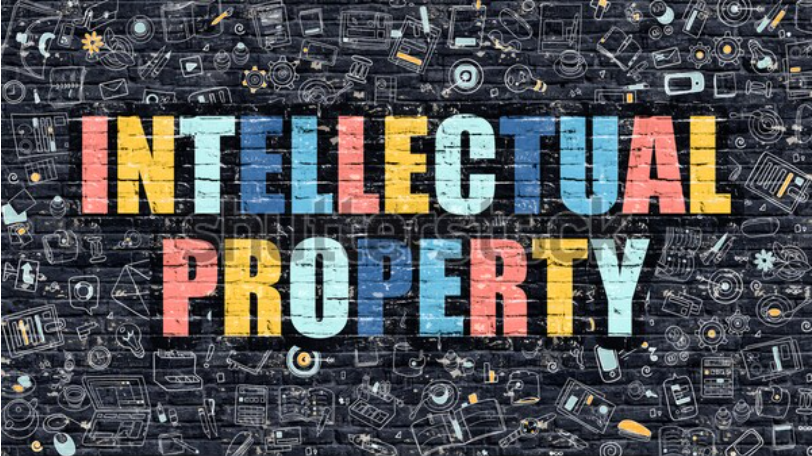With over 200 dedicated professionals, Beijing East IP has helped a full spectrum of clients – from startups to Fortune 500 corporations to domestic multinational companies – on their intellectual property issues in China.
Weekly China Brand Protection News – February 13, 2025

Weekly China Brand Protection News
February 13, 2025
AI Platform Held Liable for User-Generated Ultraman Copyright Infringement Images
In September 2024, the Hangzhou Internet Court issued a first-instance judgment in its first case involving copyright infringement by a generative AI platform. The court found the defendant, a Hangzhou-based AI technology company, liable for contributory infringement of information network transmission rights and ordered them to cease infringement and pay CNY30,000 (USD4,100) in damages and reasonable expenses. Recently, the Hangzhou Intermediate Court upheld this ruling on appeal.
The plaintiff owns the intellectual property rights to the Ultraman series characters. The defendant operates an AI platform that provides Checkpoint base models and LoRA models, supporting features like image-to-image generation and online model training. The platform’s homepage and “Recommended” and “IP Works” sections contained AI-generated Ultraman images and LoRA models that could be used, downloaded, published, or shared. The Ultraman LoRA model was created by users uploading Ultraman images, selecting a base model, and adjusting parameters for training. Subsequently, other users could generate substantially similar images to Ultraman by entering prompts and combining base models with the Ultraman LoRA model.
1. Regarding direct infringement, the court found that: While users utilized the defendant’s generative AI service and the infringing images were distributed through the platform, the users themselves uploaded the training images and model cover/sample images. Objectively, it was the users who determined the generated content and its audience. The defendant, as the operator, did not participate in uploading reference images or sharing generated images. Subjectively, there was no evidence of coordination between the defendant and users to jointly provide works. Therefore, the defendant was not the content provider and did not directly infringe on information network transmission rights.
2. Regarding contributory infringement, the court reasoned:
First, the nature and profit model of generative AI services: While open-source ecosystems are crucial to AI development, the defendant, as a user-facing service provider, modified open-source models for specific applications and directly profited from targeted content generation. This created obligations to maintain sufficient understanding of content and exercise due diligence. The defendant earned revenue through user memberships and points, incentivizing users to publish training models.
Second, the fame of the copyrighted works and obviousness of infringement: Ultraman is highly famous, and multiple infringing images were visible on the homepage and in specific categories. The LoRA model cover/sample images directly displayed infringing content.
Third, potential infringement consequences: While generative AI typically produces random results that are hard to identify or intervene with, the Ultraman LoRA model consistently output character features, increasing the platform’s ability to identify and intervene. The technology’s convenience allowed repeated use by multiple users, making infringement obvious and foreseeable.
Finally, preventive measures: The defendant’s user agreement disclaimed responsibility for reviewing uploaded content. While they implemented content blocking and IP review after receiving legal notice, this proved they had the capability but failed to take necessary preventive measures.
3. Regarding unfair competition, the court found:
First, from the perspective of platform business models, operational methods, and their impact on market competition, the platform’s services aim to expand the application scenarios and functionalities of generative artificial intelligence, providing users with more personalized creative services and improving creative efficiency, without violating principles of integrity and business ethics. Moreover, the technology itself is neutral; if users create content in accordance with the platform’s service agreement while respecting others’ intellectual property, their acts will not infringe upon the rights of copyright holders or public interests.
Second, regarding the relationship between the Anti-Unfair Competition Law and Copyright Law, if an AI-generated work reaches the level of reproducing the original, creative expression of another’s work, it falls within the scope of regulation by Copyright Law. The Anti-Unfair Competition Law, as a supplementary protective legal provision, should not re-examine infringing behavior. Therefore, the alleged conduct does not constitute unfair competition.
4. Regarding civil liability: The court ordered immediate removal of infringing images and LoRA models showing original design features, plus measures to stop infringement. However, the court didn’t support blanket removal of all related materials where reasonable use existed or where users could still study/research their own stored images without distribution.
| Follow us on LinkedIn! Email: trademark@beijingeastip.com Tel: +86 10 8518 9318 | Fax: +86 10 8518 9338 Address: Suite 1601, Tower E2, Oriental Plaza, 1 East Chang An Ave., Dongcheng Dist., Beijing, 100738, P.R. China |
-
ABOUT US
-
PRACTICES
-
NEWS & EVENTS
-
Other Links
-
Contact Us
- info@beijingeastip.com
- +86 10 8518 9318
- +86 10 8518 9338


